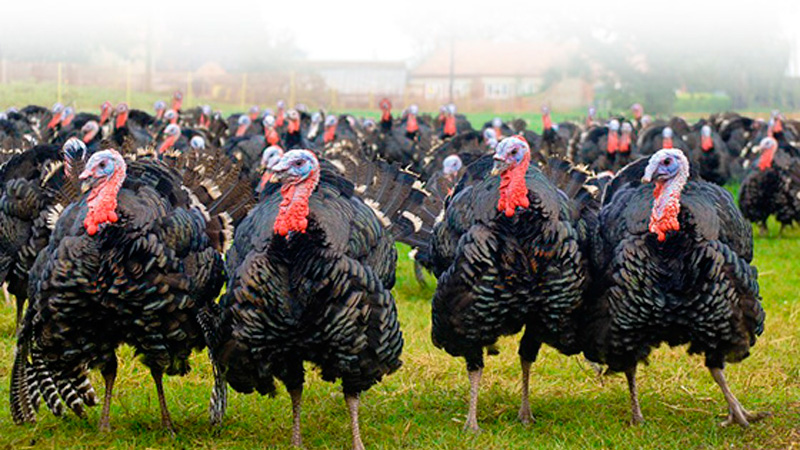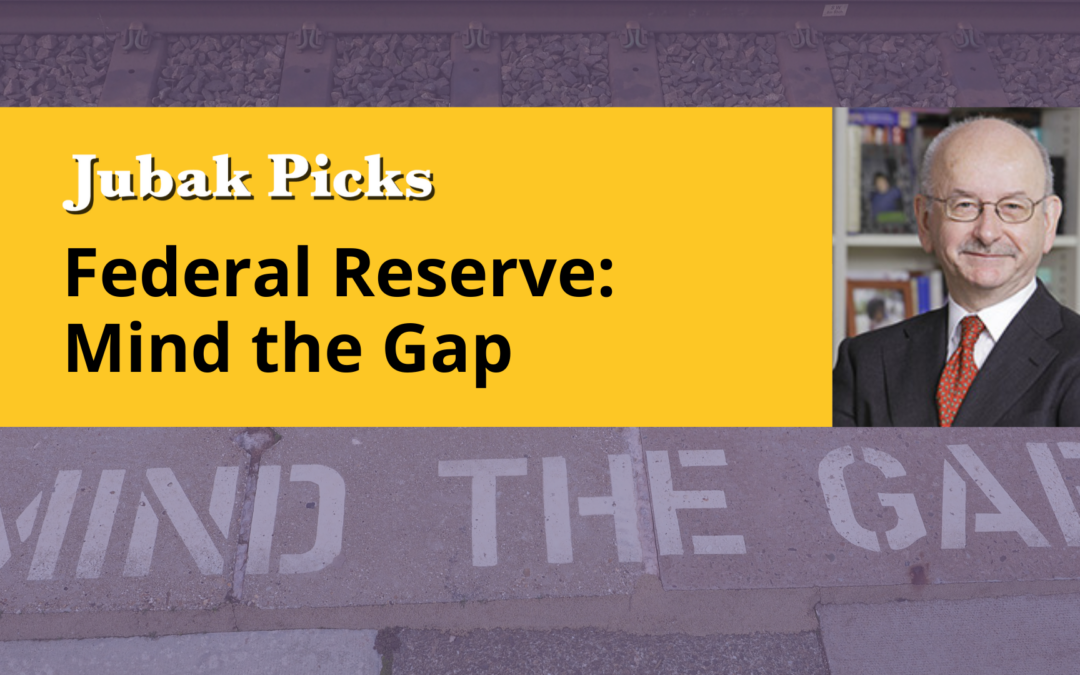
Saturday Night Quarterback (on a Monday–does that make this Monday Night Quarterback?) says, For the week ahead expect…
What’s on tap for this week? Volatility, volatility, volatility. Even though it’s a short Thanksgiving market week.

What’s on tap for this week? Volatility, volatility, volatility. Even though it’s a short Thanksgiving market week.
The hits keep coming. Today, November 17, St. Louis Fed president James Bullard took the lead. Bullard called for raising rates to at least 5.00%-5.25%, which he called the “minimum level” to be “sufficiently restrictive.” During Bullard’s presentation, he showed charts indicating rates will need to be 5.00%-7.00% to curb inflation.

Credit card balances surged from July to September, the Federal Reserve Bank of New York said Tuesday. Credit card balances increased $38 billion in the third quarter to $930 billion with total balances once again matching the pre-pandemic peak of $930 billion in the fourth quarter of 2019. Year over year, credit debt grew by 15%, the largest jump in more than 20 years.

Back in September, Congress passed yet another stopgap continuing resolution to fund the U.S. government. That authority lapses on December 16. No new funding authorization bill, no more government spending, and a shutdown of all except the most critical government services. Can a lame-duck Congress with a thin Democratic majority in the House and a 50/50 Senate (plus the Vice President’s tie-breaker 51st vote) get another stopgap bill passed before a new Congress with a thin Republican majority (it’s now projected) takes over the House of Representatives in January?

After Thursday’s CPI inflation report, stocks have a clear path to move higher in a strong rally through the end of the year. Critically, the October inflation report, which showed inflation falling slightly more than expected, gives Wall Street the data it needs to sustain its favorite rally story: Inflation has peaked and is heading down. Which means the Federal Reserve will soon pause its policy of increasing interest rates early in 2023 and pivot to cutting interest rates by the middle of the year. You could see that story at work in the huge jump in Treasury prices and the huge drop in yields. The yield on the 10-year Treasury fell 23 basis points to just 3.86% on Thursday That’s a huge move–and deeply significant–considering that the yield on the 10-yer bond was above 4%, at 4.21% on Monday, November 7.

This morning, November 10, the Bureau of Labor Statistics reported that the annual inflation rate fell to 7.7% in October. That was below the 8.2% annual are in September and below the 7.9% annual rate project by economists surveyed by the Wall Street Journal. The core rate, which strips out price increases in food and energy, fell to a 6.3% annual rate. That was down from 6.6% in September and below economists’ predictions of a 6.5% annual rate.

It’s likely to be days, weeks, months–if we have to wait from a December runoff vote in the Georgia Senate race–before we know who controls what house of Congress and by how many seats. In the meantime, tomorrow, November 10, brings the October CPI inflation report from the Bureau of Labor Statistics. I’d expect the report to move stocks as investors try to “guess” how many more interest rate increases to expect from the Federal Reserve. And when the Fed might pause its policy of interest rate increases or even pivot to cutting interest rates.

We’re at the point in the credit cycle when lenders and borrowers can get into trouble. The typical pattern is that lenders looking to keep loan balances climbing loosen up on lending standards and extend more credit to less qualified customers just as a slowing economy threatens the ability of these creditors to pay. See the subprime mortgage crisis that began in 2007 for the playbook. That particular crisis is still so fresh in lenders’ minds (I hope) that I think it’s unlikely that the mortgage market will be the locus of the next blow-up. It’s likely to show up somewhere else in the lending ecosystem. One place I’m watching right now is the credit-card market where lenders big and small look to be extending more credit to consumers with less-than-stellar credit ratings.

Today, November 7, stocks rose before tomorrow’s mid-term elections. The Standard & Poor’s 500 gained 0.96%. The Dow Jones Industrial Average closed higher by 1.31%. The NASDAQ Composite rose 0.85% and the NASDAQ 100 added 1.11%. The small-cap Russell 2000 advanced 0.55%. Over on the bond side, the movement was in the opposite direction with bond prices falling and yields climbing.

Economists were expecting a light October jobs report this morning with projections from economists surveyed by Bloomberg at 195,000. Instead, the Labor Department reported that the economy added 261,000 jobs in October. (And revised the September report up to 315,000 added jobs from the previously reported 263,000. You might have expected stocks to fall on this report’s evidence that the Federal Reserve’s interest rate increases have yet to significantly slow the labor market. But you would have been wrong.

At first investors and traders thought they heard the Federal Reserve signal that the central bank was thinking about a pivot to a policy of cutting interest rates. And stocks rallied. But then Fed chair Jerome Powell “clarified” the Fed’s thinking in his post-meeting press conference. It would be “premature,” Powell said, to think about pausing the Fed’s policy of increasing interest rates to fight inflation. The Fed, he added still had a “ways to go” and the “Ultimate level of interest rate will be higher than previously expected.” Powell stressed that the Fed’s goal continues to be a reduction in inflation and that the Fed is surprised at how sticky prices are and that inflation hasn’t given up more ground to the Fed’s six interest rate increases in 2022.

Today is Ground Hog Day for the Federal Reserve. The U.S. central bank will announce whether or not it sees its shadow. It’s predicted to announce a 75 basis point increase in interest rates. However, there’s no revision of projections on interest rates, inflation updates, or GDP growth assessments scheduled for this meeting. Which leaves Wall Street free to speculate until the Fed’s December 14 meeting with those Dot Plot projections. During this “gap” in Fed guidance, investors are speculating on a pivot from the Fed’s policy of raising interest rates to either a pause or an outright reversal that moves to cut rates. This speculation, along with seasonal trends, has led to a rally that is now feeding itself as portfolio managers try to take advantage of this end-of-the-year bounce. However, I believe that the idea the Fed will pivot soon is incorrect and we’ll see another leg of the bear market starting around January. Because of this, I’d suggest not putting any new money in the market and instead waiting for upcoming lows as the Bear Market continues through 2023 to a bottom sometime that year or in 2024. And do remember that we get jobs numbers for October on Friday.